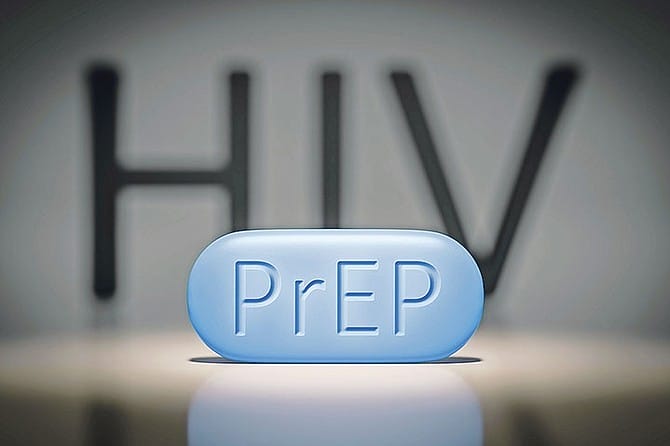Pre-exposure prophylaxis (PrEP) against HIV infections has been nothing short of revolutionary. This medication has virtually changed the entire landscape of HIV prevention. While the immediate benefit of this pharmaceutical is instantly recognized (drastically reducing the probability of HIV transmission), the secondary benefits have been grossly looked over.
Who Should Take PrEP Medications?
PrEP can help protect individuals that don’t have HIV but have had any of the following risk factors:
– Engaged in anal or vaginal sex in the past six months and have had a sexual partner with HIV or unknown status
– Have not consistently used a condom during intimate relations
– Have been diagnosed with another sexually transmitted disease in the last six months
– Participate in any needle-sharing or injection drug use
– Have been prescribed post-exposure prophylaxis and continue to engage in risky behavior
– Have used multiple courses of PEP in the last few years
– Would like to become pregnant with an HIV-positive partner
Here are a few secondary benefits to PrEP that aren’t usually discussed:
Frank and honest conversations about sex and the associated risk
For decades previous, conversations about HIV or other common sexually transmitted diseases were something taboo and dirty. It seemed that the human immunodeficiency virus was considered fatal, holding a drastic stigma. Recently, the development of antivirals has lessened the probability of contracting HIV from HIV-positive individuals, opening the conversation in a manner that hasn’t existed. Doctors now widely prescribe PrEP in Ontario to at-risk individuals, encouraging safety in otherwise dangerous interactions.
PrEP (pre-exposure prophylaxis) reduces your chance of getting HIV from injection drug use or sex. When taken as prescribed, this medicine is highly effective for preventing HIV. Additionally, PEP (post-exposure prophylaxis) aids individuals with potential exposure after the fact. This medication is used in emergencies, requiring the individual to take antiviral therapies for four consecutive weeks.
Ongoing STD Monitoring
Taking PrEP medications requires ongoing and continuous STD monitoring every three months. The monitoring associated with PrEP treatment allows early detection and treatment of sexually transmitted infections, which may have otherwise gone untreated. At-risk behaviors like injection-drug use and unprotected sex increase the probability of STDs, which may or may not present symptoms. Improved health may occur with many prescription medications available to treat (or cure) these conditions.
Encouraging Young Individuals to Seek Primary Care
Long gone are the days of hiding sexuality, with younger generations taking a more active role in their sexual health. With the development and availability of antiviral medications, younger generations are more likely to seek medical care when engaging in risky behavior. Many PrEP prescriptions are available to individuals over 18, although care providers may prescribe these medications earlier if the risk warrants intervention. With local prescription coverage available to youth under 25 without private insurance, PrEP medications may be available at no cost.
Removed Stigma of Sexually Transmitted Infections
With studies revealing that nearly 20% of the population have a sexually transmitted infection and almost 75% of all adults having at least one type of human papillomavirus in their lifetime, early detection is crucial. Removing the stigma of STDs, particularly HIV, will encourage more people to seek testing.
Encouraging safe sex practices can reduce the probability of disease while still allowing intimate relationships between partners. Removing the stigma of sexually transmitted infections will also increase dialogue between partners, providing informed consent before contact. These conversations may also include family planning goals with mixed status partners (one HIV-positive and one HIV-negative partner) to ensure both the partner and child remain negative status during the pregnancy.
